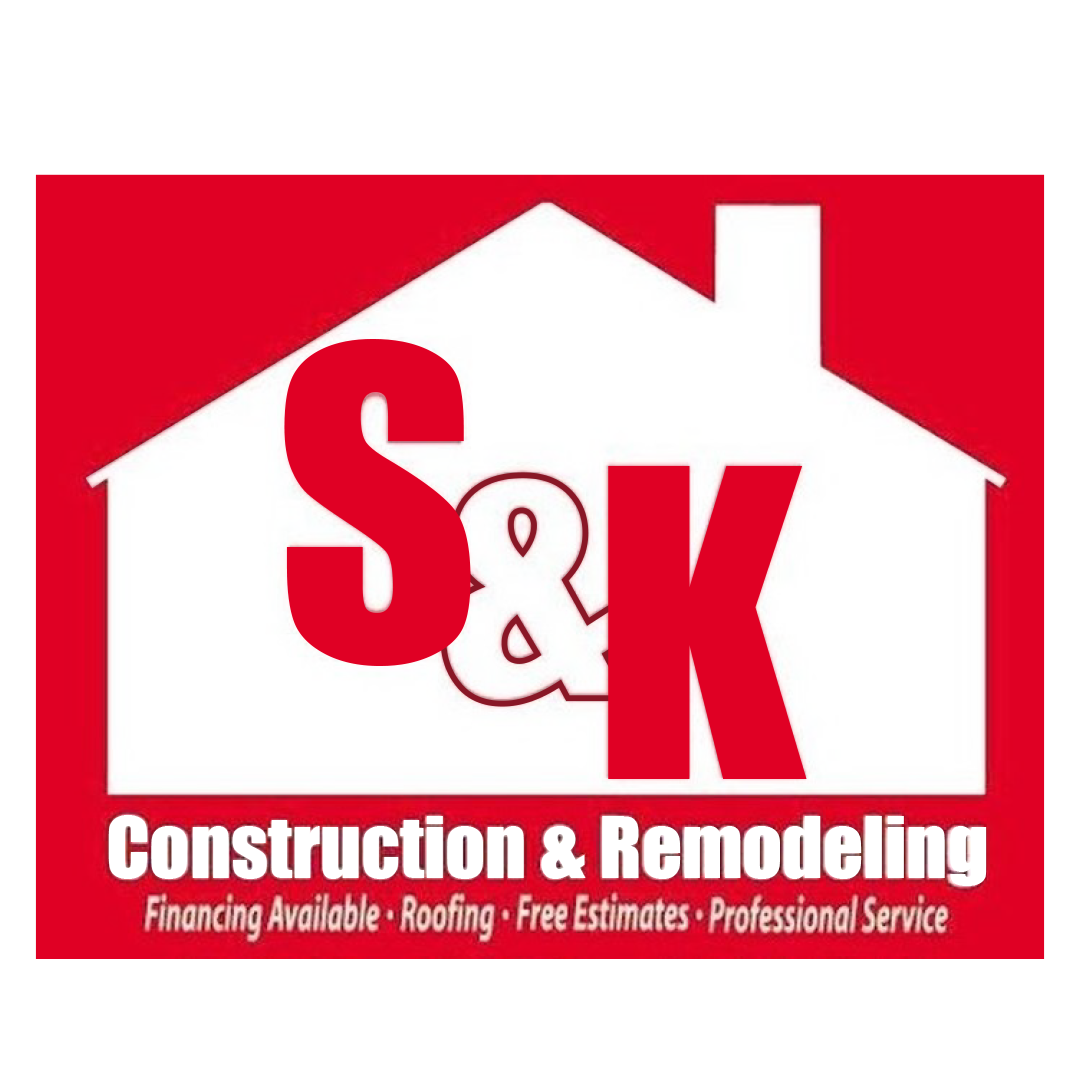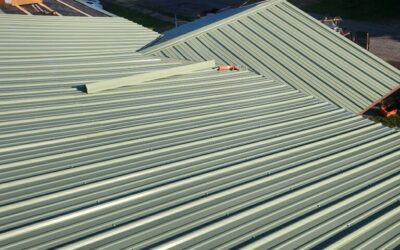Roof Replacement Assistance for Low-Income Homeowners: A Comprehensive Guide
Replacing a roof is a significant investment, often costing between $5,000 and $15,000, depending on various factors such as size, materials, and location. For low-income homeowners, this expense can be daunting. Fortunately, there are numerous programs and resources available to assist those in need. This guide provides an overview of federal, state, and local programs, as well as nonprofit organizations that offer roof replacement assistance to low-income individuals and families.
Federal Programs
1. USDA Section 504 Home Repair Program
The U.S. Department of Agriculture (USDA) offers the Section 504 Home Repair Program, providing loans and grants to very-low-income homeowners in rural areas. Eligible individuals aged 62 or older who cannot repay a loan may qualify for grants up to $10,000 to address health and safety hazards, including roof repairs. Loans up to $40,000 are available at a 1% interest rate, repayable over 20 years. (Rural Development)
2. Weatherization Assistance Program (WAP)
Administered by the U.S. Department of Energy, WAP aims to improve the energy efficiency of low-income households. While primarily focused on insulation and heating systems, the program may cover roof repairs if necessary to enhance energy efficiency.
3. Community Development Block Grants (CDBG)
The Department of Housing and Urban Development (HUD) provides CDBG funds to local governments for community development projects, including housing rehabilitation. Some municipalities allocate a portion of these funds for home repairs, such as roof replacements. Eligibility and availability vary by location.
State and Local Programs
1. Ashtabula County Home Repair Program (Ohio)
In Ashtabula County, Ohio, the Home Repair Program offers grants to low-income owner-occupants for essential repairs that address health or safety concerns, including roofing issues. (Ashtabula County)
2. Cleveland Home Repair Program (Ohio)
The City of Cleveland provides assistance for major home repairs, including roof replacements, to eligible homeowners once every ten years. (Home | City of Cleveland Ohio)
3. Community Housing Improvement Program (CHIP) (Ohio)
CHIP offers grants for various home improvements, including roof repairs, to eligible low- and moderate-income homeowners. The program aims to address health and safety concerns and improve housing conditions.
Nonprofit and Charitable Organizations
1. Habitat for Humanity
Habitat for Humanity provides home repair assistance to low-income families, focusing on affordable, safe housing. Their critical repair programs address services like roof replacement, plumbing fixes, and accessibility modifications for people with disabilities. Each affiliate operates its own repair programs, so contact your local Habitat for Humanity to learn about specific services and eligibility. (EZ Sell Homebuyers)
2. Rebuilding Together
Rebuilding Together offers free home repairs to low-income homeowners, including seniors, veterans, and families. Their Safe at Home program provides safety improvements, particularly for seniors and individuals with disabilities. Services include fixing floors, installing ramps, and weatherizing homes to reduce energy costs. (EZ Sell Homebuyers)
3. People Working Cooperatively (PWC) (Ohio)
PWC offers essential home repair services for low-income residents, focusing on energy efficiency and safety. Services include furnace repairs, water heater replacements, plumbing repairs, and accessibility modifications. They also provide emergency repair assistance for urgent needs. (EZ Sell Homebuyers)
Additional Resources
1. Zero-Interest Home Renovation Loans
Some local governments and nonprofit organizations offer zero-interest home renovation loans to assist homeowners—particularly those with low to moderate incomes—in funding home improvement projects without incurring interest costs. These loans, commonly called Home Improvement Program (HIP) loans, come with specific eligibility requirements based on income, location, and property features. Acceptable uses typically include essential repairs such as accessibility upgrades, lead or mold abatement, and energy efficiency improvements. (Investopedia)
Steps to Apply for Assistance
- Assess Eligibility: Determine which programs you may qualify for based on income, age, location, and homeownership status.
- Gather Documentation: Prepare necessary documents such as proof of income, property ownership, and identification.
- Contact Agencies: Reach out to local housing authorities, community action agencies, or nonprofit organizations to inquire about available programs.
- Submit Applications: Complete and submit applications as required, ensuring all information is accurate and complete.
- Follow Up: Stay in contact with the agencies to check on the status of your application and provide any additional information if needed.(Investopedia)
Conclusion
While obtaining a roof replacement can be financially challenging for low-income homeowners, various programs and organizations offer assistance to those in need. By exploring federal, state, local, and nonprofit resources, you can find support to address your roofing needs without incurring substantial costs.
If you need further information or assistance in identifying programs specific to your area, feel free to ask.
 (440) 307-2060
(440) 307-2060

